Tile flooring in Pakistan was once most commonly seen in bathrooms and kitchens. However, it is now normal and entirely fashionable for newly constructed houses to use tiles as the most common flooring type, in contrast to mosaic or marble flooring, which was once preferred in homes. As such, if you’re renovating the flooring of your home or building a new home, you must know which type of tile to use and what it’s going to cost you. Stay with us as we discuss the major types of floor tiles in Pakistan as well as their prices with respect to sub-varieties, brands, and other factors.
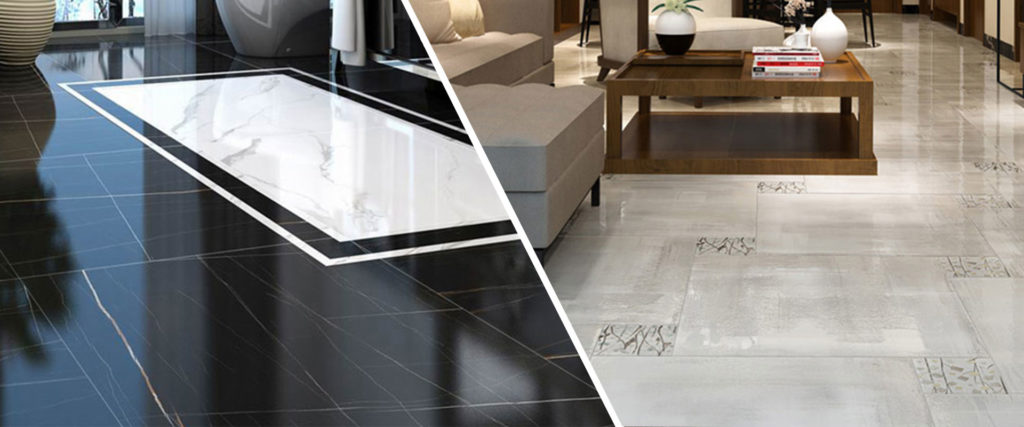
Types of Flooring Tiles in Pakistan
First things first; let’s talk about the three major types of floor tiles in Pakistan. These are:
Ceramic Tiles
Porcelain Tiles
Granite Tiles
Now, let’s discuss each of these flooring options in detail and elaborate on the features of each type.
Ceramic Tiles
Ceramic tiles are commonly used in Pakistani homes
Ceramic tiles are the most commonly used when people decide to go with flooring tiles in Pakistan. These tiles are made from natural clay that is mixed with water to form a red paste, which is then moulded into shape. The tile is then placed in a kiln at high temperatures. The heat hardens the tile, and once it is ready, a thin layer, much like a glaze, is placed upon it to add a variety of designs, patterns, and colours. The varnish protects it from water and makes it a little scratch resistant. However, both glazed and unglazed varieties are available in the market, with unglazed ceramic tiles being best for outdoor areas. As for glazed ceramic tiles, they are available in both matte and gloss finishes, which we’ll elaborate on below. As far as prices are concerned, the rates may accrue based on the request.
Porcelain Tiles
Cutting porcelain tile flooring in Pakistan
Heated at higher temperatures than ceramic tiles, porcelain tiles are also made from clay, but a mix of different ingredients results in a white non-porous tile being formed after being placed in the kiln. The resultant tile is then, less prone to water absorption, more scratch-resistant, and more durable than a ceramic tile. Once the tile is ready, a print is added to the tile to create a half-body tile. In contrast, the colours and patterns are mixed directly into the clay mixture before firing it in the kiln for full-body tiles. We’ll discuss both these types of floor tiles shortly.
Granite Tiles
Granite flooring tiles also the strongest option available in Pakistan
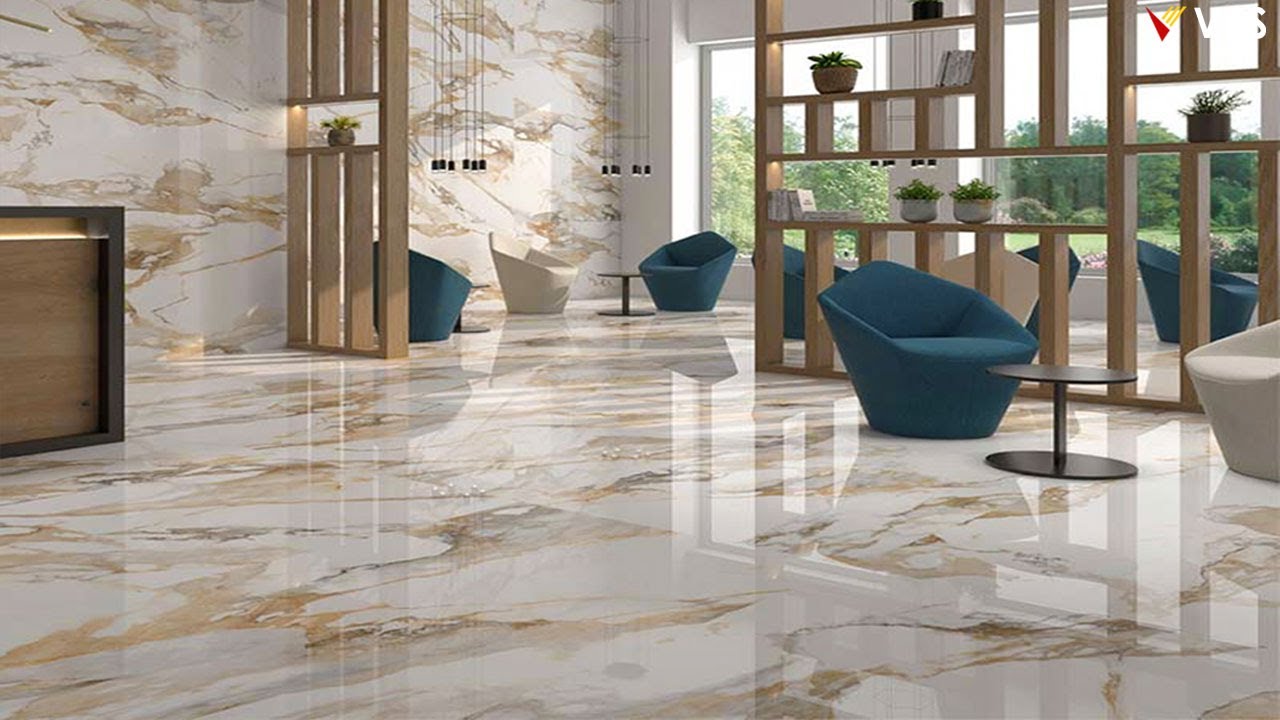
Granite is a natural form of stone flooring, and it is often cut to a certain thickness and following certain parameters to form granite tiles. These are the most durable and the most water-resistant of all the three varieties, but they are the hardest to shape as they are created by cutting pieces of tiles from natural rock surfaces. Thus, these tiles are generally laser-cut rather than being round-edged due to manmade production. This is another feature of tiles available in Pakistan that we’ll discuss in the heading to follow.
Features of Flooring Tiles in Pakistan
Even though there are only three commonly used tiles in Pakistan, there are a number of factors that set them apart from each other. Let’s elaborate on some of the concepts we’ve briefly touched upon above:
Matte vs Glossy
Matte tiles are perfect as bathroom flooring in Pakistan
As mentioned above, for both ceramic and porcelain tiles, a print, design, or pattern is placed on the tile after it is heated in the kiln. This layer can vary in thickness, and the resultant pattern can be both glossy and matte.
Matte tiles are commonly used in kitchens and bathrooms, where water spills are frequent as glossy tiles can be extremely slippery in areas where foot traffic is high. Glossy tiles also give a sheen to the floor and add elegance to the appearance of the room, which makes them more common for lounge areas or drawing rooms.
Granite tiles, being formed from natural rock, do not have prints imposed on them and are generally found in matte varieties with a glaze coated on them to make them even more long-lasting.
Half-Body vs Full-Body
Both half-body and full-body tiles are available in porcelain
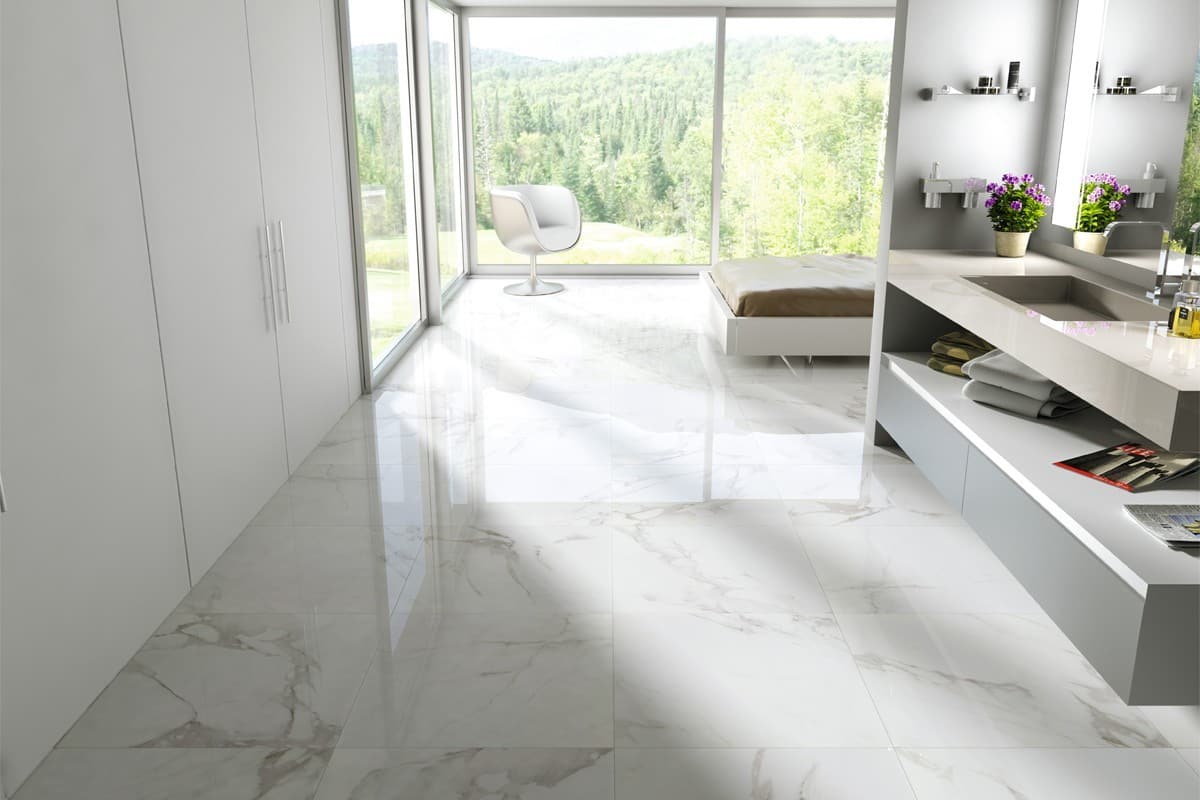
The major difference between full-body and half-body tiles is in the amount of wear and tear they can bear. Ceramic tiles are always half-body, which means that a thin layer of print is added to the tile after it is manufactured. In contrast, porcelain tiles are offered in both half and full-body varieties. The printed layer on half-body tiles is only a few millimetres thick, which means that when the tile becomes chipped, it will lose its top layer, showing red or white clay underneath.
In contrast, full-body tiles are created to contain their colour, pattern, or design in the entire width of the tile. Thus, when chipped or filed away, these tiles reveal another layer of the exact same design as above, rather than showing a patch of clay underneath, which can be an eyesore.
In comparison to the other two, granite tiles are always full-body since they are cut from natural rock.
Round-Edged vs Laser-Cut
Granite tiles are always cut into shape using a laser
Tiles are always placed beside one another with a certain amount of distance, which is filled with grout. However, they can either be round-edged or laser-cut, depending on their manufacturing methods as well as their material. For instance, granite tiles are always cut away from the rock using a laser, resulting in sharp edges. In contrast, ceramic tiles usually have rounded edges, while porcelain is available in a mix of both options.
Which Type of Tile to Choose and Why

You now know about the three most commonly available types of flooring tiles in Pakistan, however, choosing between them might depend on a number of factors:
Size
Strength
Durability
Target area
Availability of patterns
Ease of installation
Cost
Here’s a short explanation of each of the factors to consider before you decide on the type of tile that is best for your particular needs.
Size
Tiles are available in a range of sizes, with the most common ones for central living areas being of 12×۲۴ inches, 12×۳۶ inches, 18×۲۴ inches, 24×۲۴ inches, and so on. In short, larger square tiles are preferred for lounges, drawing, and dining areas. Bathroom floor tiles generally have sizes of 9×۱۲ inches or 12×۱۸ inches. However, many people prefer to use larger tiles in bathrooms as well, as large tiles make a small space appear big.
Strength
Prevent chips and cracks by opting for granite tiles
In terms of durability, granite is the most reliable option available, while ceramic is the most prone to breakage and damage. Porcelain tiles lie somewhere in the middle in terms of strength but are stronger than ceramic alternatives.
Durability
The strength of a tile also determines its durability over time. This means that granite is the most durable among the three options. It is also easy to polish granite and return it to its former glory over the years, whereas porcelain and ceramic tiles might need a replacement instead.
Target Area
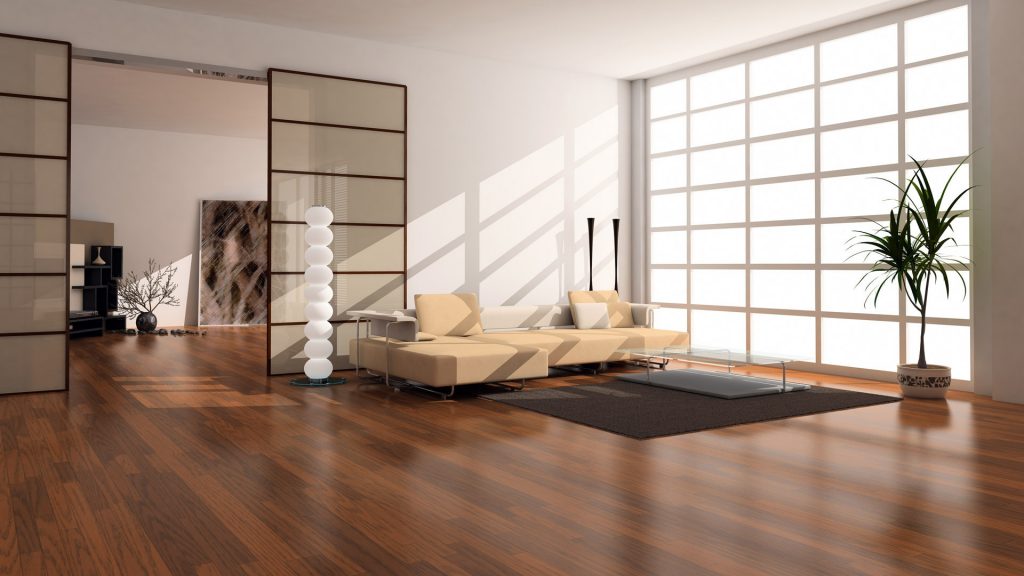
Granite tiles or matte tiles should be used in kitchens
Ceramic and porcelain tiles, especially matte varieties, are commonly used in bathrooms and kitchens as they are not too slippery, while glossy tiles of both materials are ideal for central living areas where water spills are rare. However, if you really want your kitchen to last through the years, opt for granite tiles which are not only more water-resistant than the other two, but will also be more resistant to damage, cracks, and chips in case you drop a heavy pot or pan on the floor by accident.
Availability of Patterns
Digital printing has led to a new boom in the tiling industry with geometric, floral, wooden, and a range of other designs being printed on half-body ceramic and porcelain tiles. In contrast, full-body porcelain tiles have lesser varieties since it is harder to create a large range of designs in the clay mixture before firing it up. Meanwhile, granite tiles are sourced from natural stone, and thus, there is a limited variety of patterns available.
Ease of Installation
Installing tiles is a task best left for the pros
Ceramic and porcelain tiles are easier to place on cement flooring, using a layer of adhesive to stick the tiles in place. These can also be installed as a DIY project. Granite tiles, however, need professional assistance during installation.
Cost
One of the significant factors to consider is the price of tile flooring in Pakistan. Pakistan’s tiling industry is flooded with a lot of imported options for ceramic and porcelain tiles.
Ceramic tiles are mostly imported from China, Iran, Indonesia, Malaysia, and Spain. The average for 24 x 24 may cost PKR 1500-2000 per square metre. Chinese or Iranian tiles, which are also the most commonly used, are sold at the rates of PKR 1300-1800 per square metre for 24 x 48.
Porcelain tiles, on the other hand, are ranked in terms of cost based on whether they are full-body or half-body. The price usually ranges from PKR 1,500 to PKR 4,000 or more per square metre.
Granite tiles generally offer a standard quality, with high durability and strength. Therefore, their price range lies between PKR 600 to PKR 2200 per square feet.
Taking a look at the above-given factors, you can see that the choice is not just between the types of floor tiles in Pakistan but also between the characteristics that you want in your tiled flooring and the budget you have for your home renovation or construction project. We’ve given you all the details, as this will allow you to make a smart decision for your home’s flooring needs.
You can also consider the types of marble available in Pakistan as an alternative to tile flooring. Check out these marble staircase designs and their prices if you want to add a touch of elegance and grandeur to your home.
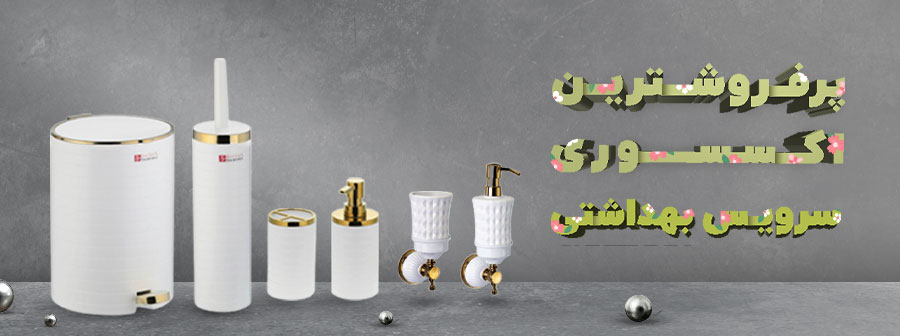
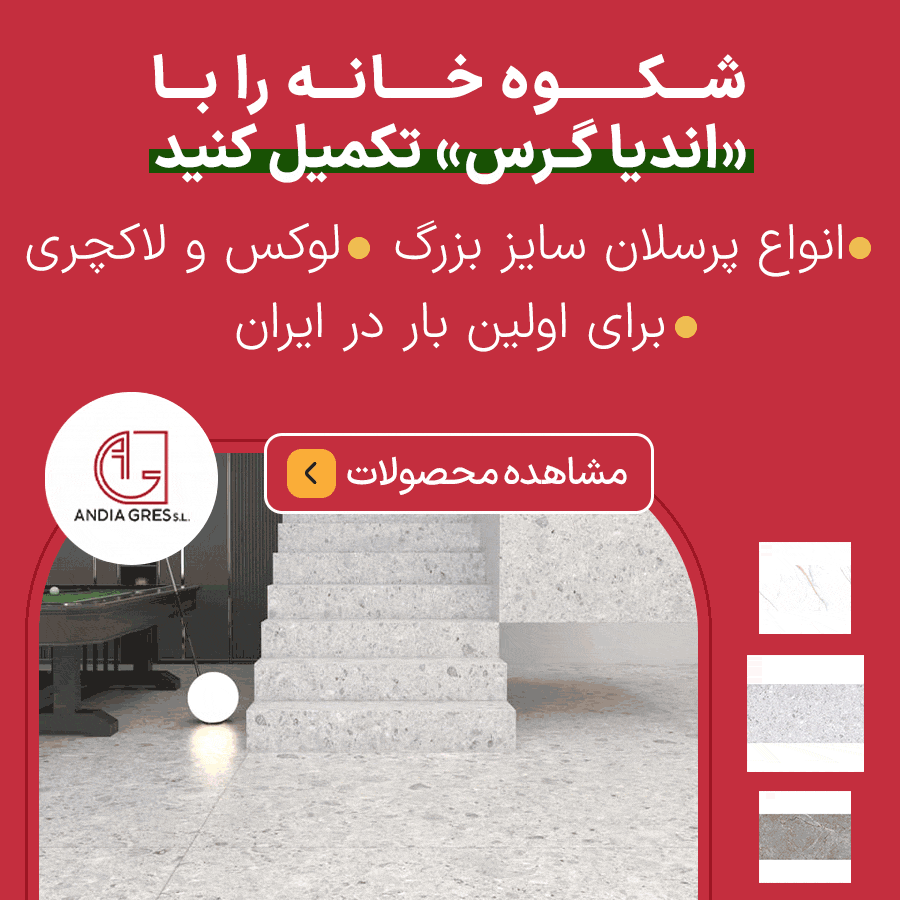


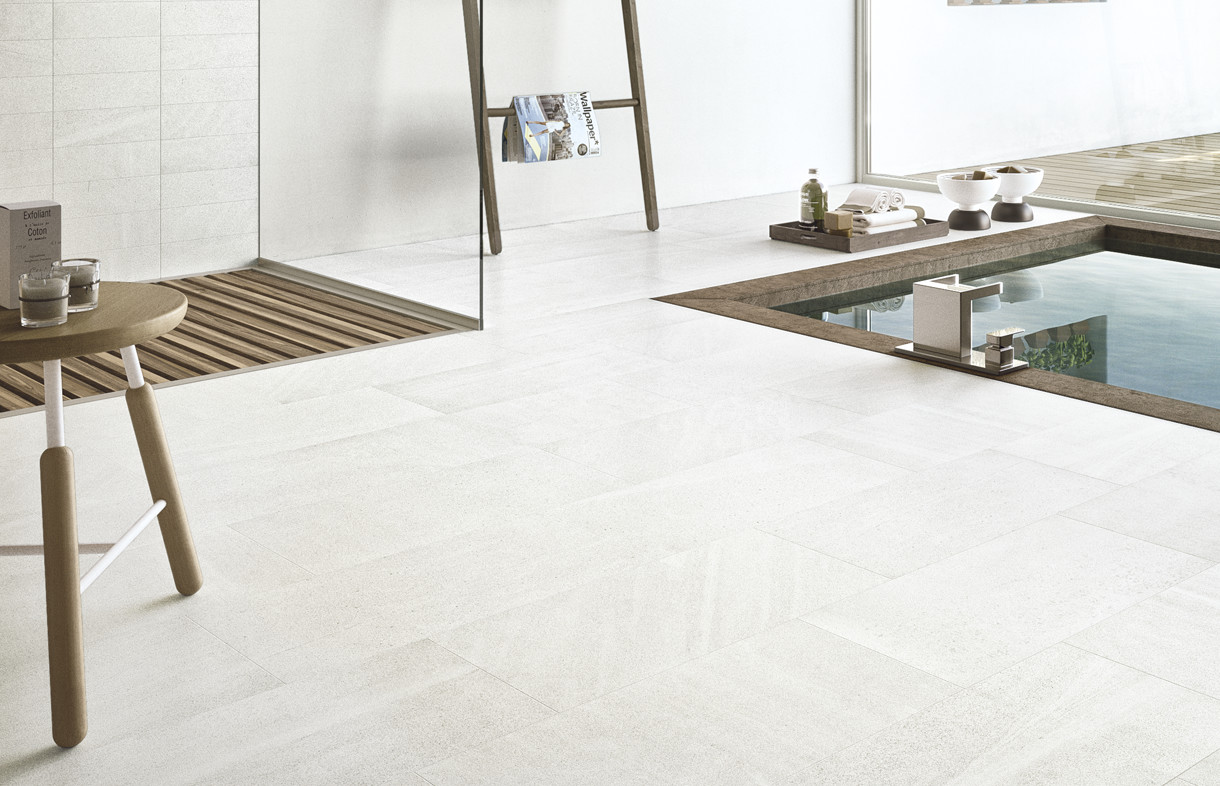


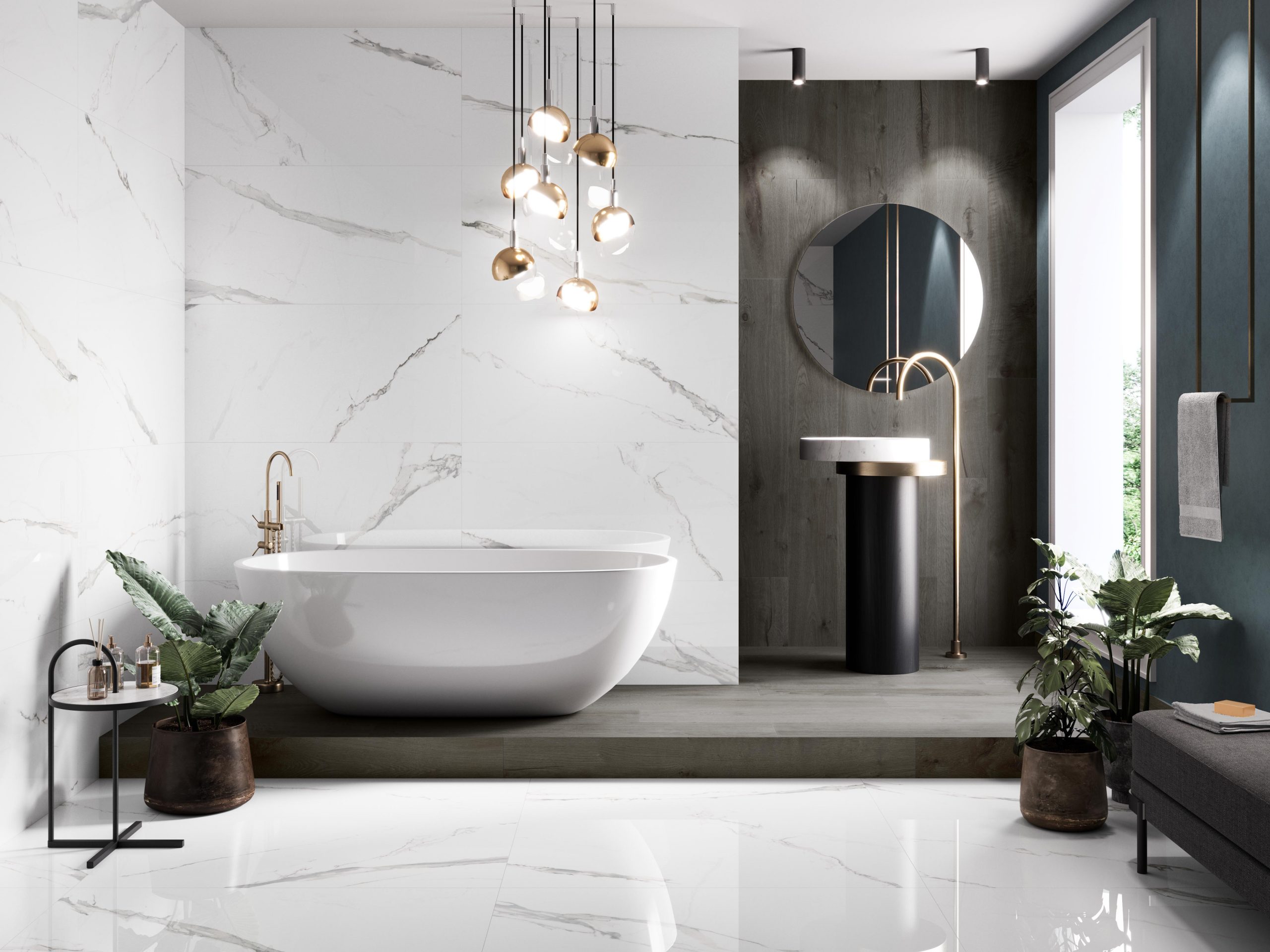
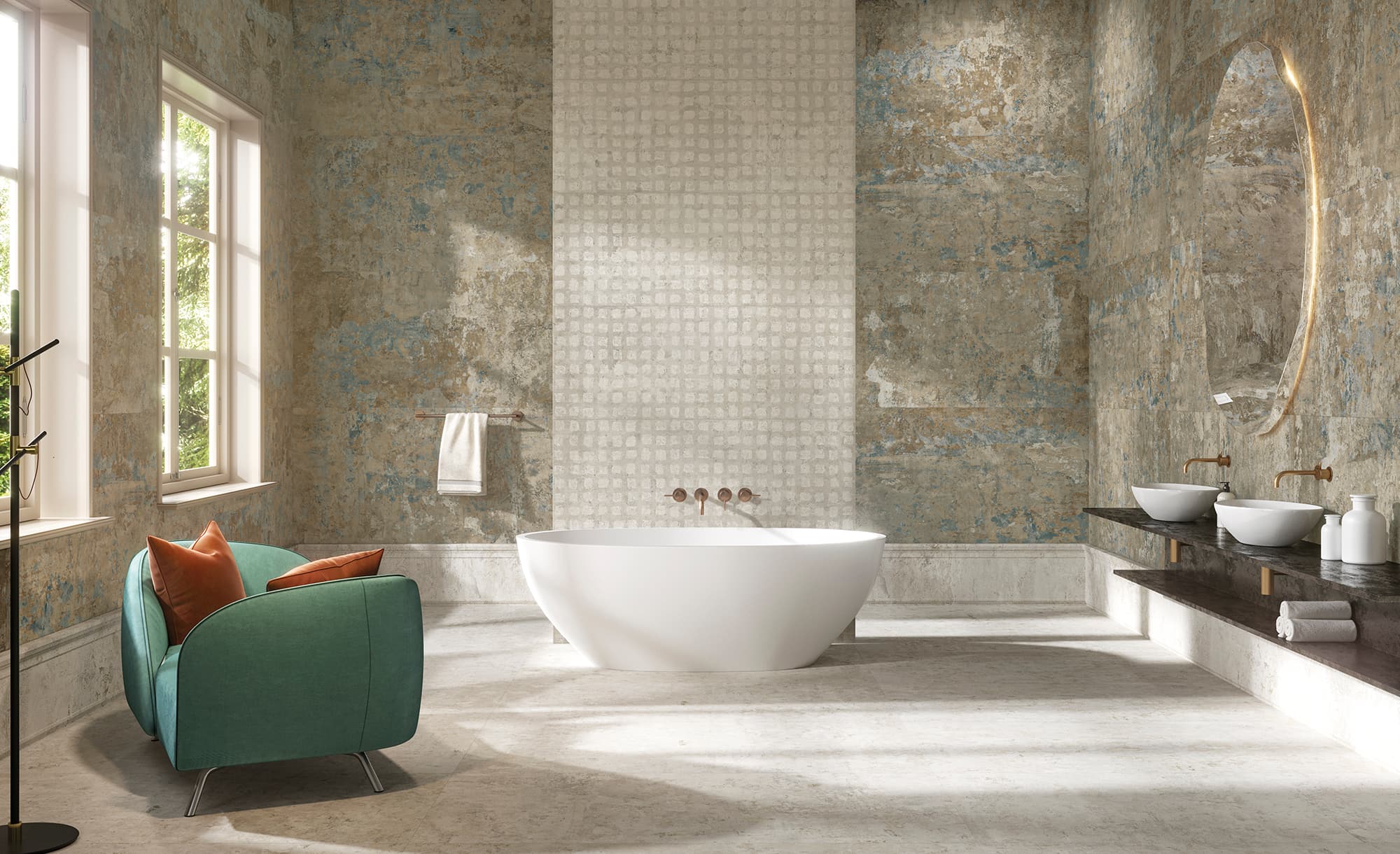
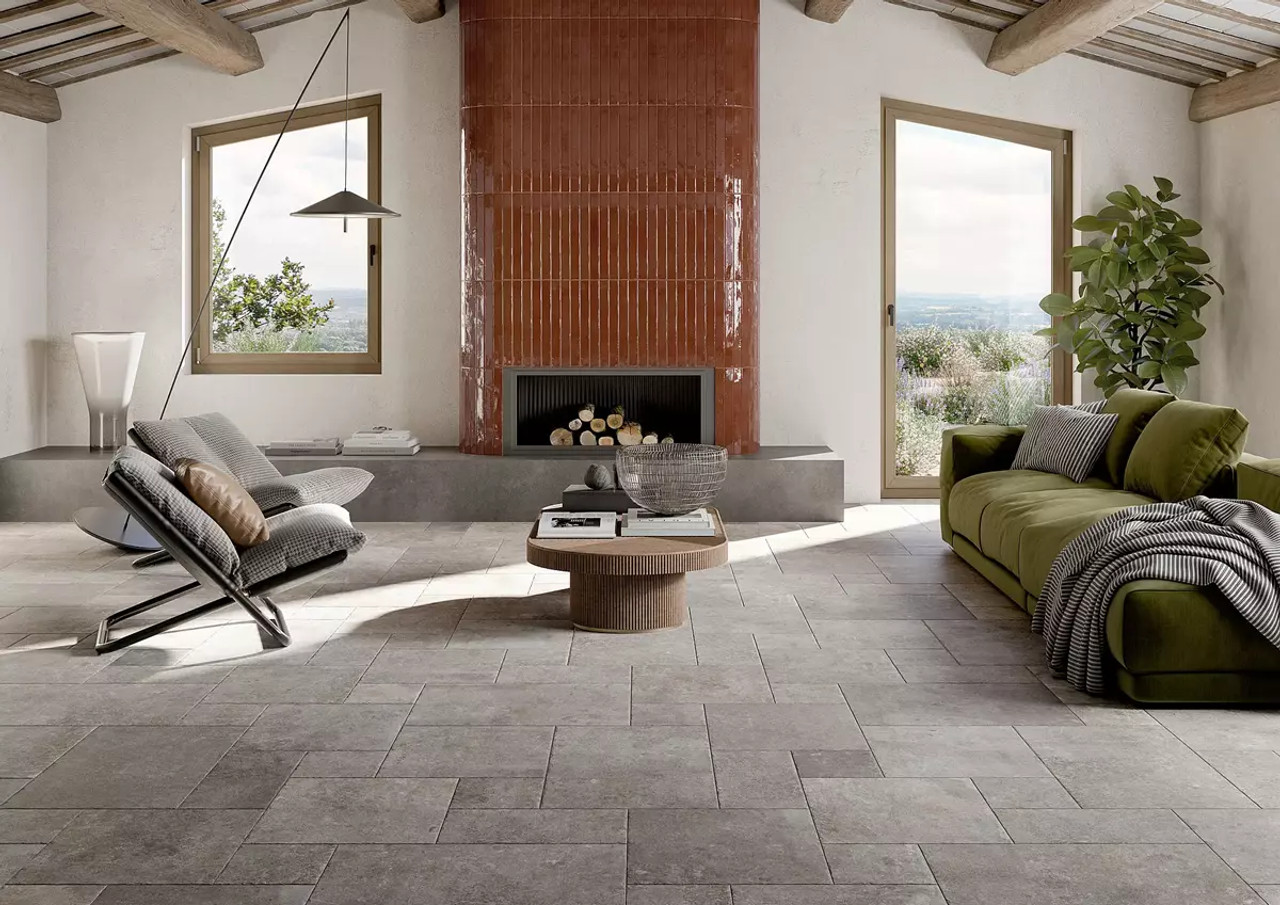
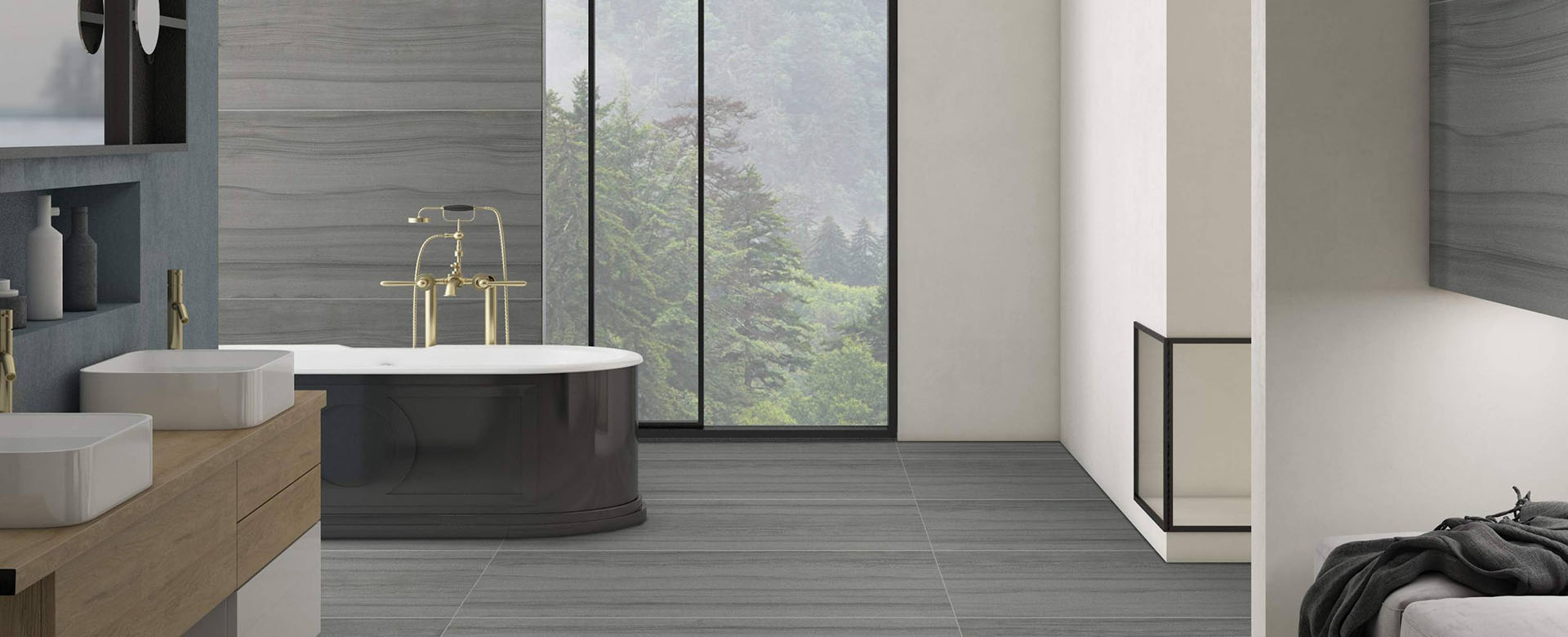

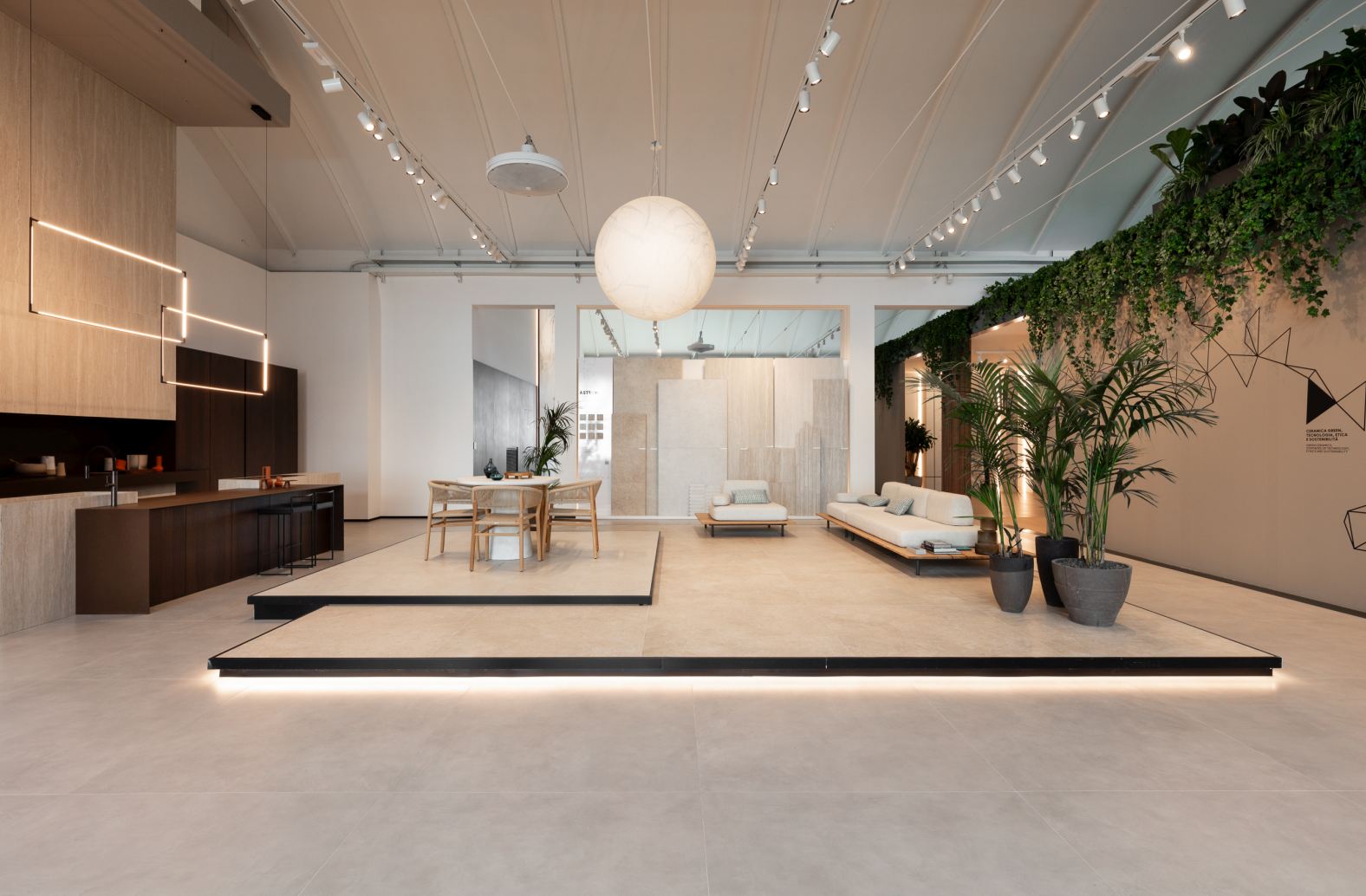
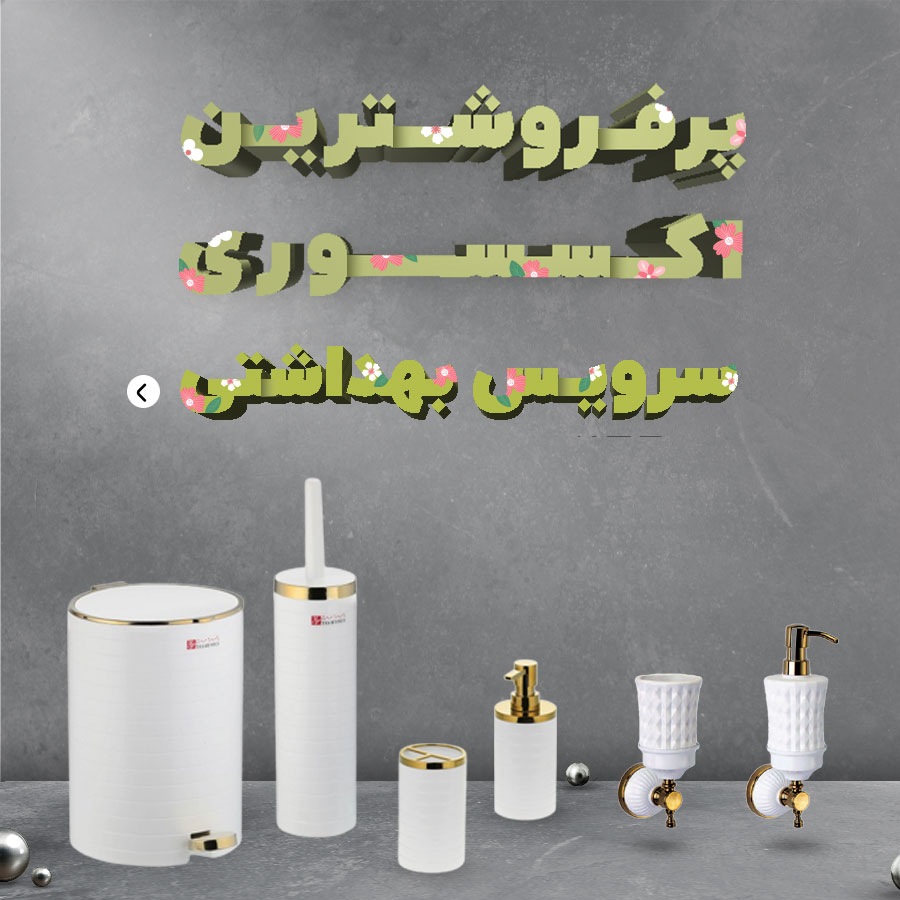

نظرات ۰